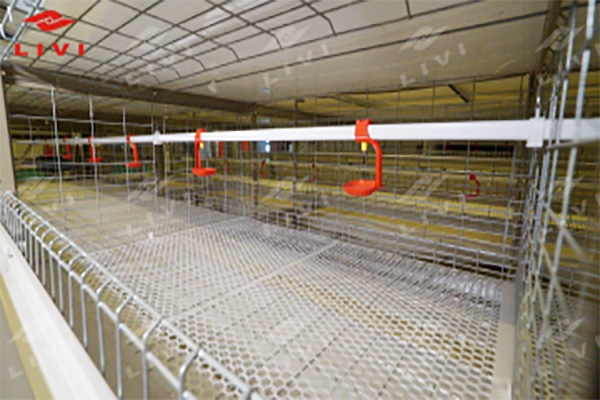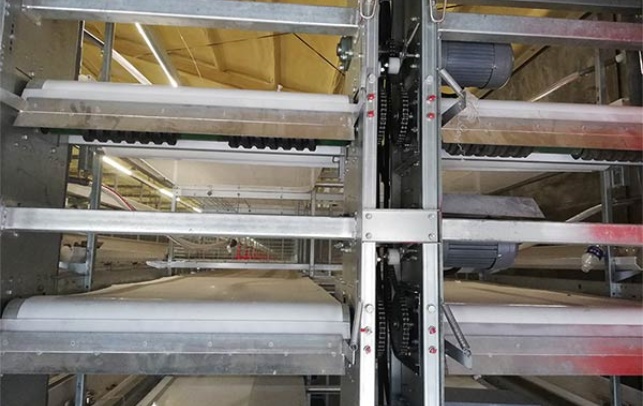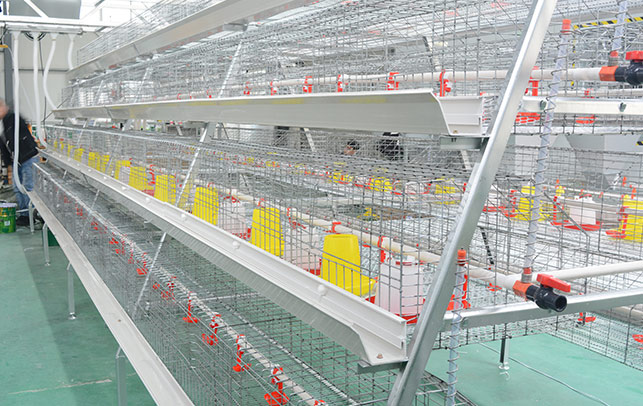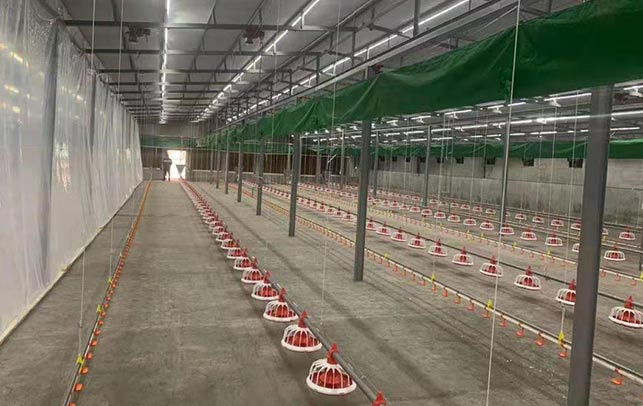Unlocking the Potential of Poultry Farming in Kenya
Time : 2025-05-13
Poultry farming in Kenya has been on the rise, and for good reasons. It’s a thriving industry that’s not only contributing to the country’s economy but also providing jobs and food security for many. In this article, we’ll dive into the ins and outs of poultry farming in Kenya, covering everything from the basics to the latest trends and challenges.
Understanding Poultry Farming in Kenya
First things first, let’s clarify what poultry farming entails. Poultry farming is the rearing of domestic fowls such as chickens, ducks, and turkeys for the purpose of meat, eggs, or other products. In Kenya, the majority of poultry farming focuses on chickens, with the potential for significant growth in other types of poultry.
The Importance of Poultry Farming
Kenya’s poultry industry is vital for several reasons:
– Food Security: Poultry provides a source of protein that is affordable and accessible to many Kenyans.
– Economic Growth: The industry contributes to the country’s GDP and provides employment opportunities.
– Sustainability: Raising poultry can be more sustainable than other types of farming due to lower feed requirements.
Setting Up Your Poultry Farm
If you’re thinking of venturing into poultry farming, here are some key considerations:
1. Choose the Right Breed
Selecting the right breed of chicken is crucial for your farm’s success. In Kenya, the most popular breeds are the White Leghorn for eggs and the Ross 308 for meat. Each breed has its own set of characteristics and requirements.
2. Secure Land and Infrastructure
You’ll need a suitable location for your farm. The ideal site should be well-drained, close to a water source, and have easy access to markets. Ensure you have the necessary infrastructure in place, including housing, feed storage, and equipment.
3. Feed and Nutrition
Feed is a significant cost in poultry farming. It’s essential to provide a balanced diet that meets the nutritional needs of your birds. You can opt for commercial feed or prepare your own mix. Always source high-quality feed and ensure it’s stored properly to prevent spoilage.
4. Health Management
Health is critical in poultry farming. Regularly vaccinate your birds against common diseases and monitor their health closely. Seek advice from a veterinarian to develop a robust biosecurity plan.
Challenges in Poultry Farming
Despite its potential, poultry farming in Kenya faces several challenges:
– Limited Access to Financing: Many small-scale farmers struggle to secure loans or investment for their farms.
– Market Access: Finding reliable markets for your produce can be difficult, especially for small-scale producers.
– Disease Outbreaks: Poultry farms are susceptible to disease outbreaks, which can be devastating.
Innovations and Trends
The poultry industry in Kenya is evolving, with new technologies and practices emerging:
– Free-Range Farming: This method is becoming increasingly popular as consumers demand healthier, antibiotic-free products.
– Precision Farming: Using technology like GPS and drones for monitoring and managing poultry farms.
– Vertical Farming: This innovative approach allows for efficient use of space and resources.
Case Study: Success Stories
Let’s take a look at a couple of success stories in poultry farming in Kenya:
– Nairobi Chicken: A local brand that has gained a reputation for its high-quality chicken products.
– Kenya’s Poultry Sector Association (KEPSA): This organization provides training, support, and networking opportunities for poultry farmers.
Conclusion
Poultry farming in Kenya is a promising sector with the potential to transform the lives of many. By understanding the basics, overcoming challenges, and embracing new technologies and practices, you can make your poultry farm a success. Remember, the key is to stay informed, be prepared, and always look for opportunities to improve.
—












